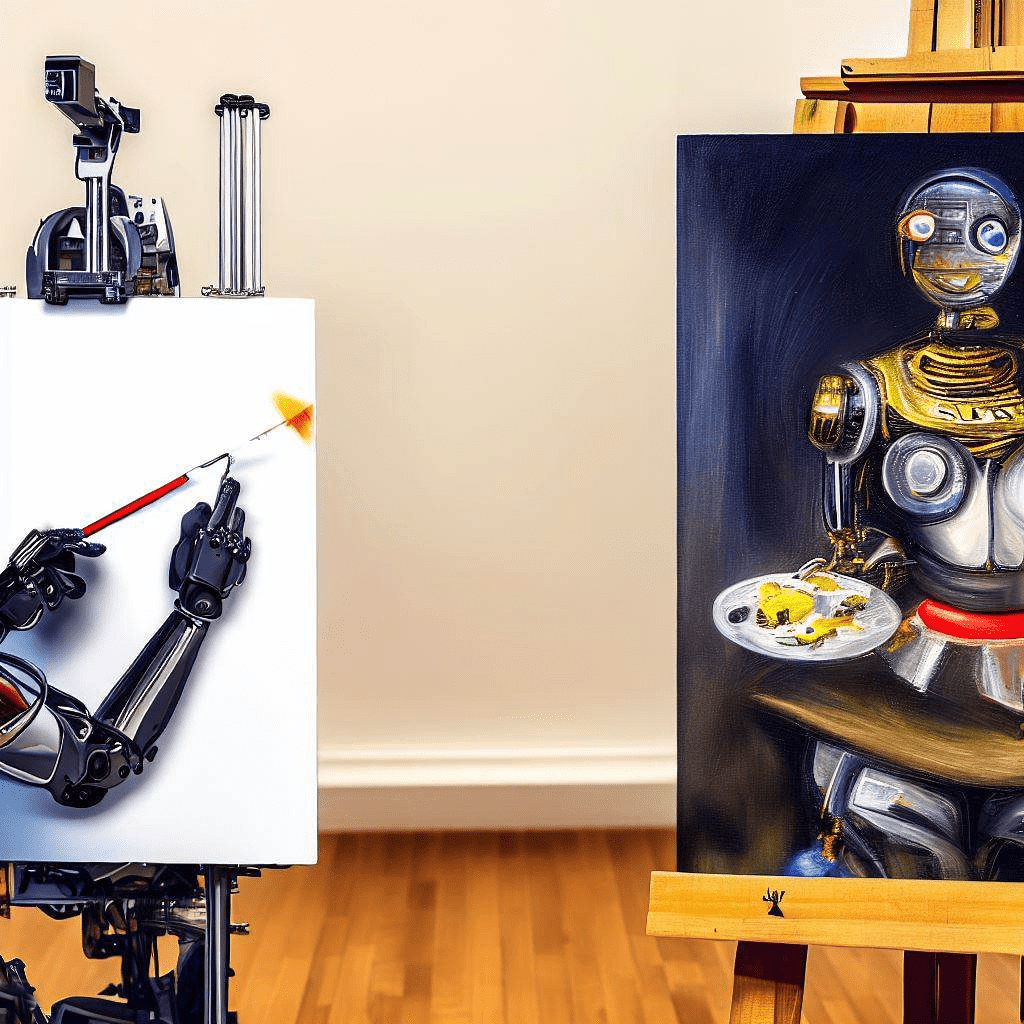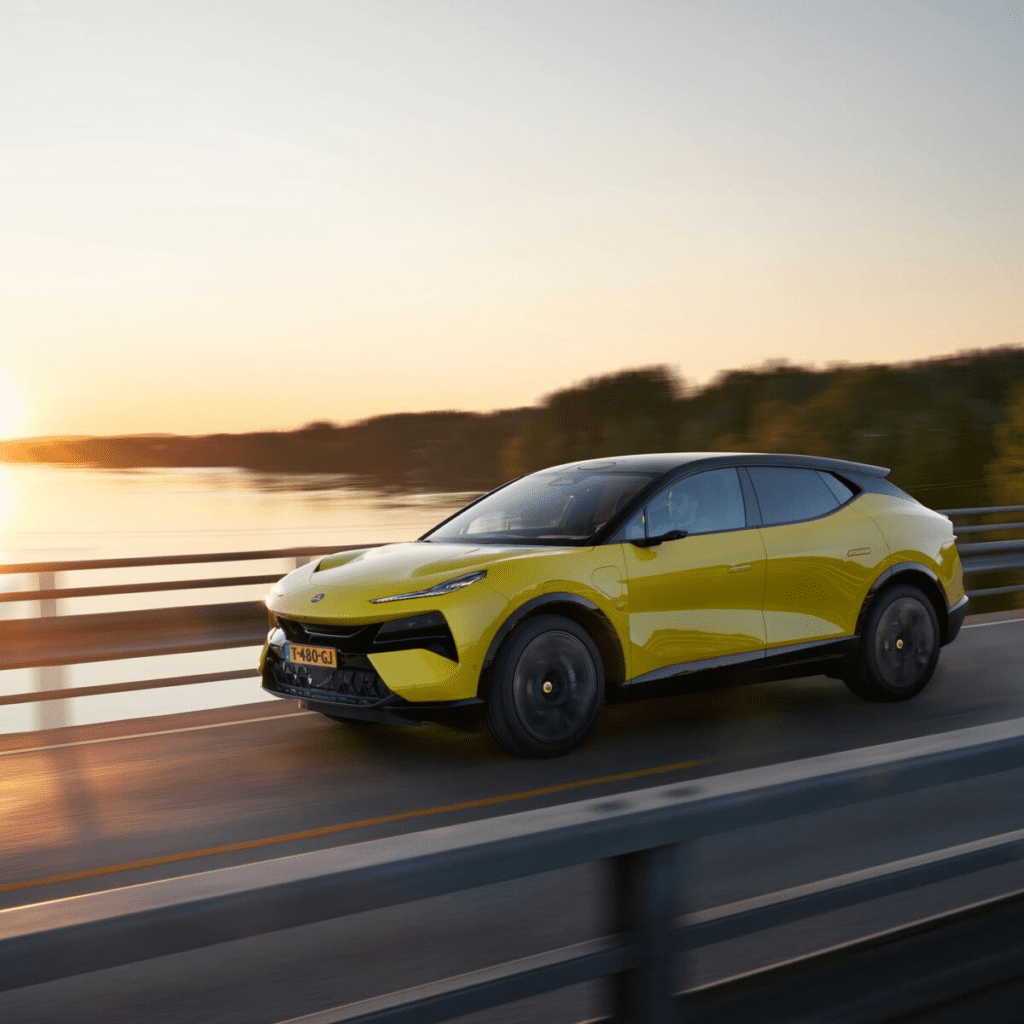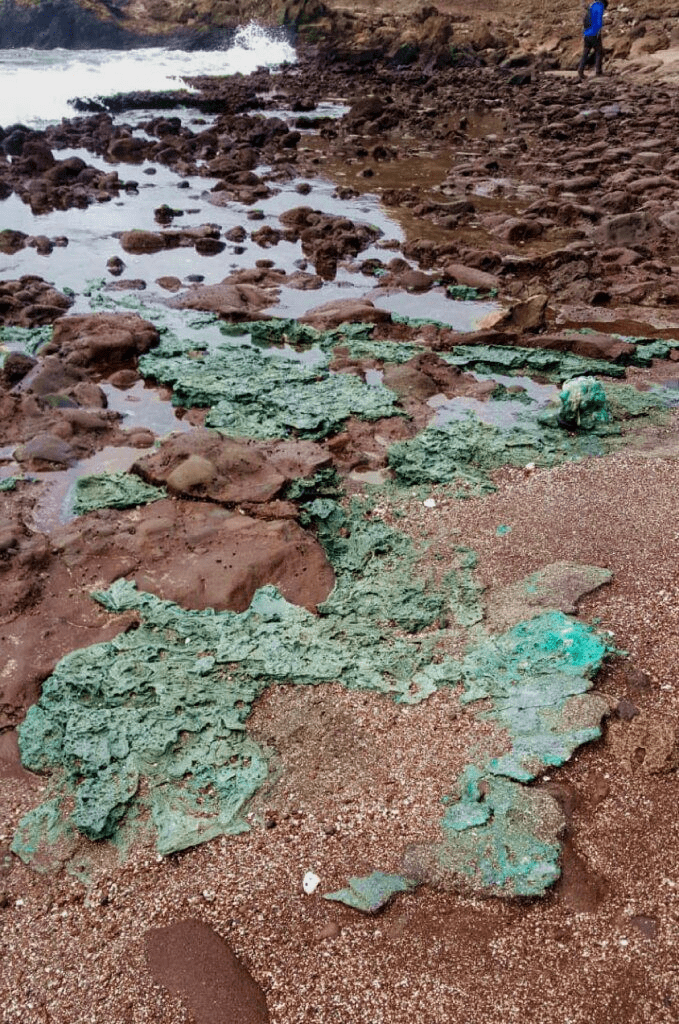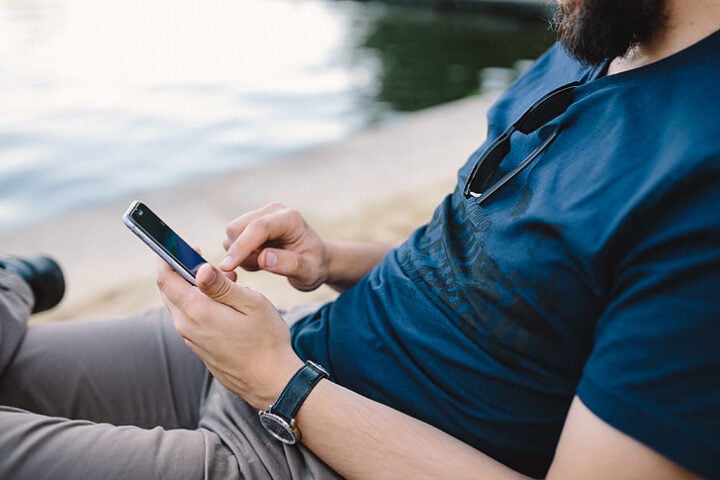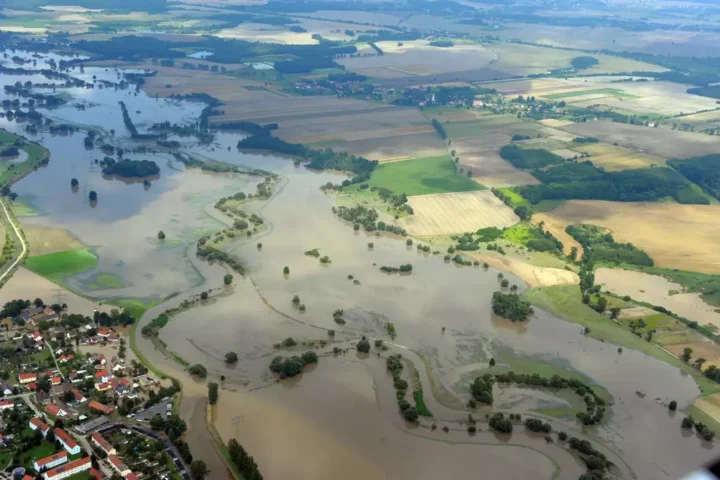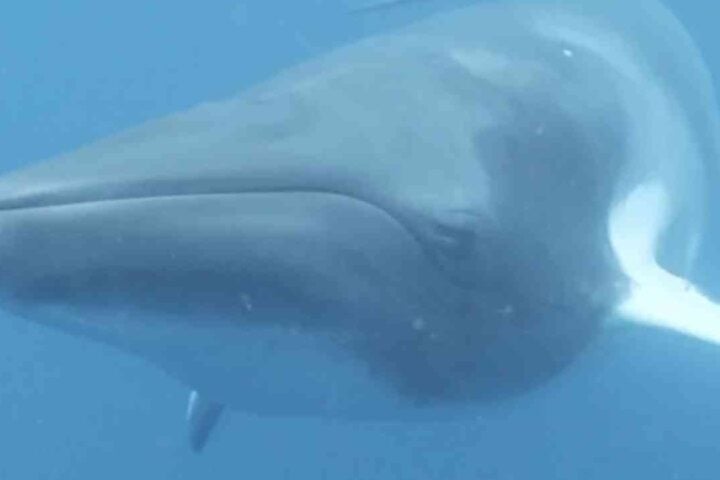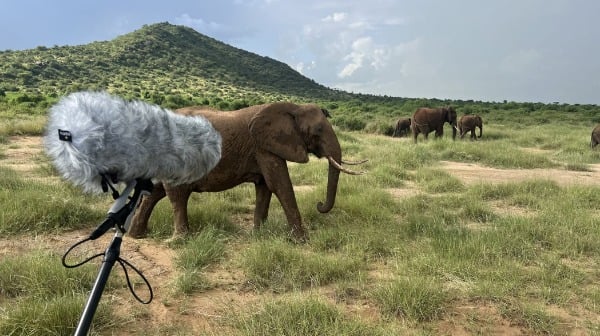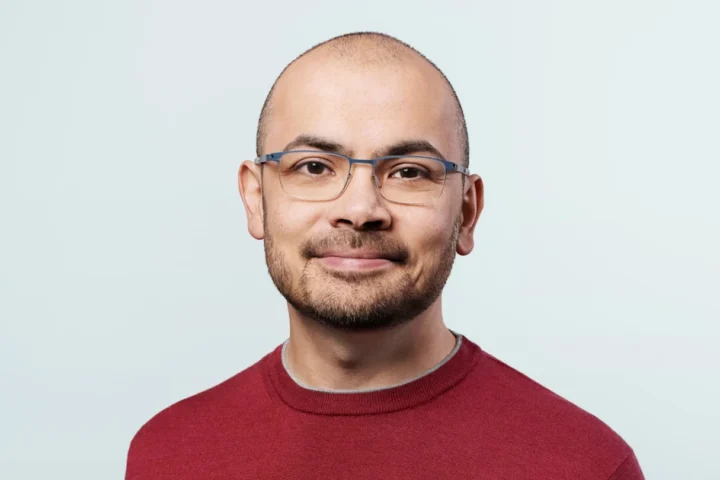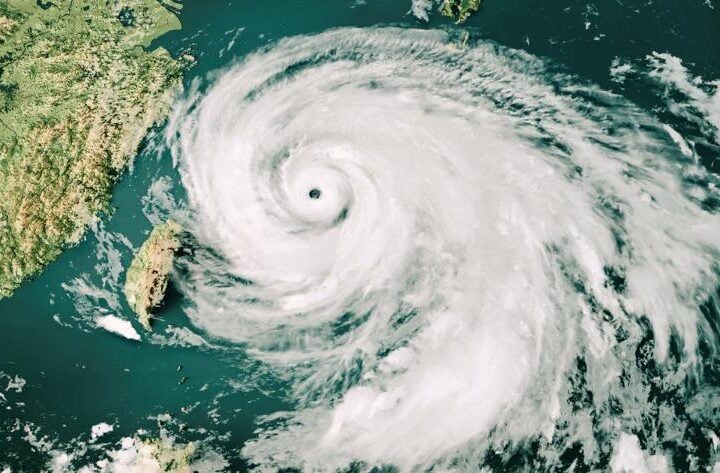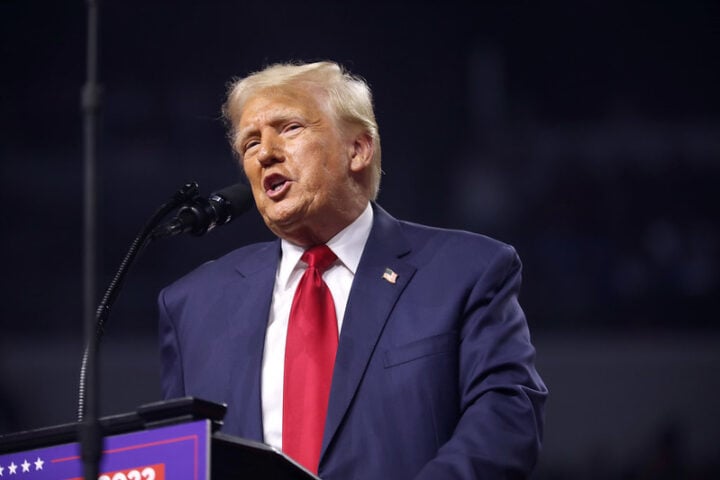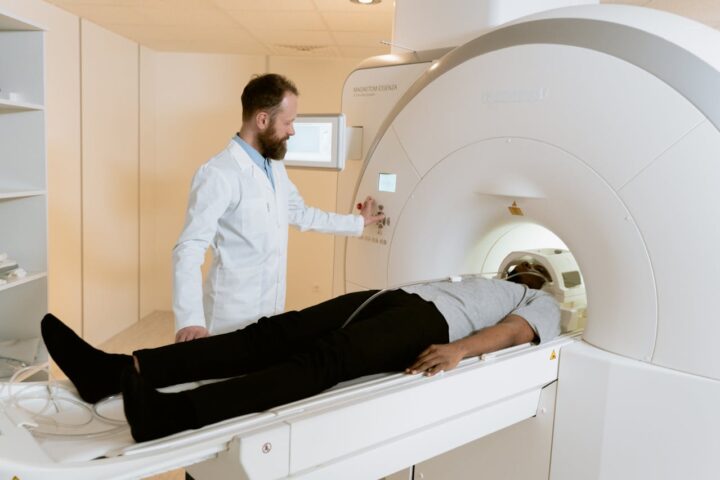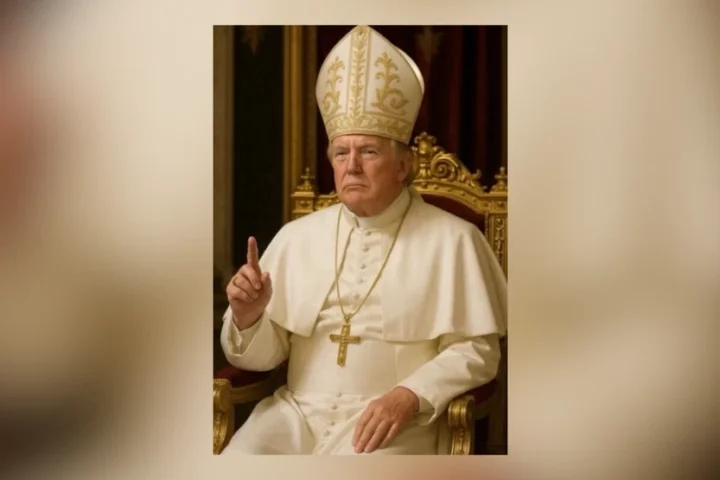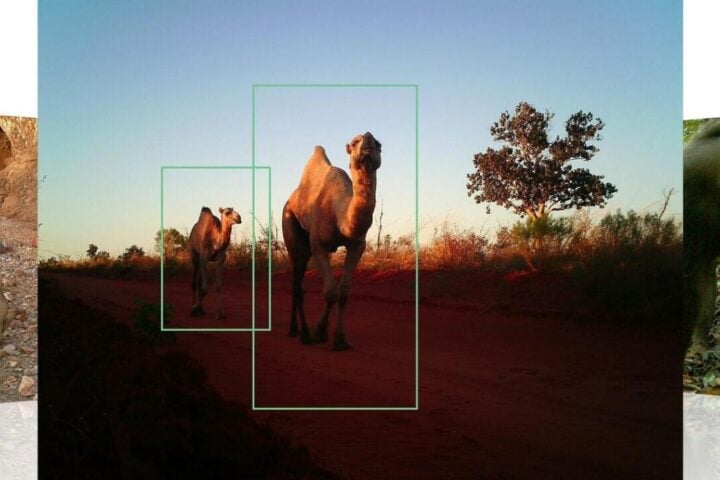A pivotal lawsuit pitting artists against notable AI companies, including Stability AI, Mid Journey, and Devian Art, is drawing significant attention in the era of generative AI. The artists contend that their copyrighted artwork was utilized without permission to train AI models, leading to outputs that infringe upon their rights.
On the contrary, the AI companies argue that they merely indexed publicly accessible images without any duplication, similar to how one might recognize Picasso’s unique style by studying his paintings. The crux of the case is the question of whether AI-generated images can be considered derivative works, thereby infringing upon the original creator’s copyrights.
However, US District Judge William Orick has expressed skepticism toward this argument, stating that there’s no “substantial similarity” to suggest the plaintiff’s works were specifically targeted by the AI. Given the billions of images used for AI training, Orick suggests it’s unlikely any particular work could be implicated. Yet, he indicated that illustrator Sara Anderson’s claim of direct copyright infringement by Stability AI might hold merit. Her contention is centered not on the AI’s output, but on potential misuse of an artist’s work for commercial gain.
This case introduces an important debate linking modern AI advances to copyright ownership of AI-generated works. In the past, legal scholars proposed that the user of an AI system should hold the copyright to encourage innovation without disproportionately rewarding programmers. However, AI’s rapid progression and increasing autonomy in creating works like images, prose, and music have reignited this debate. A key issue now is determining whether the AI, the programmers, or the artists providing the training data should own the output.
Further, the question of whether AI creations could potentially infringe on training materials, resulting in a copyright violation, is being raised. Judge Orick’s skepticism about copyright claims in AI-generated outputs may set a precedent for future cases. Yet, if AI is found to infringe upon copyrights through its training process, a fair use defense could be invoked.
Similar Posts
This monumental case could reshape the future of AI, influencing everything from technological innovation to intellectual property laws. A ruling favoring AI companies might weaken protections for artists, possibly promoting unregulated use of copyrighted materials for AI training. Conversely, a ruling in favor of artists could limit the resources available for AI development, thereby slowing progress in the field.
The lawsuit also challenges the adequacy of current copyright laws to handle the complexities of AI technology. As it progresses, it’s likely to provide crucial insights into how courts might address such complex copyright issues in the AI domain. The potential application of fair use arguments in AI training could set a significant legal precedent.
It’s essential to note, however, that despite Judge Orick’s current viewpoint, the case is subject to unexpected twists. The case’s resolution will probably set a precedent that influences both AI companies’ practices and artists’ rights. Furthermore, these proceedings could instigate significant changes in copyright law to accommodate the specificities of AI technology.
The outcomes of this case are expected to impact various sectors, from AI developers to artists and educators, potentially redefining the AI application and creation landscape. It serves as a symbol of the broader issues at play at the intersection of AI and intellectual property, amid the complexities and uncertainties surrounding AI and copyright.
Regardless of the outcome, the ongoing debate around copyright infringement and AI underscores the need for legal systems to adapt to our increasingly AI-integrated world.
